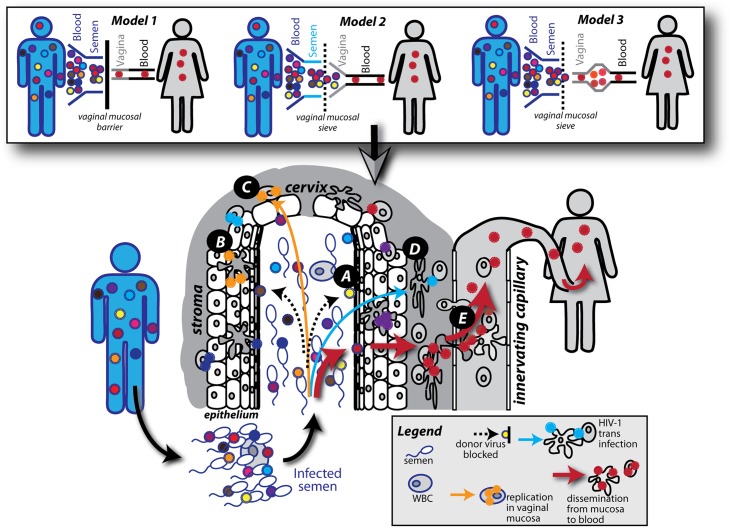Fig 7. Models of heterosexual HIV-1 transmission bottlenecks.
Donors infected with HIV-1 have a genetically diverse HIV-1 population in the blood. Within the donor, a genetic bottleneck has been reported to occur between the blood compartment and semen, resulting in less diverse HIV-1 populations. The intact female vaginal mucosa is known to act as an efficient barrier to HIV-1 transmission, resulting in only a single TF variant establishing infection in the recipient (Model 1). Aside from the bottleneck within the donor the most stringent HIV-1 sieve effect is thought to take place in the female genital tract. In this study we show high HIV genetic diversity and distinct HIV-1 clones in the endocervix during early infection suggesting either an infection of the female genital tract with a population of HIV-1 clones from the donor (Model 2) or infection of the female genital tract with a single or limited number of HIV-1 clones which then evolves prior to systemic transmission (Model 3). Model 2 has been expanded in the bottom schematic figure. Transmission processes across the female genital tract: HIV-1 virions from the donor fluid are trapped by mucus or entry is blocked by the physical barrier of the mucosae (A). HIV-1 virions can be captured and internalized by intraepithelial Langerhans cells (B). HIV-1 can infect stromal CD4 T cells leading to productive infection (C). HIV-1 virions can bind to and infect DCs in the stroma and infect CD4 T cells in trans through an infectious synapse (D). Infected CD4 T cells and DCs can disseminate the virus from the mucosa to the blood (E).

